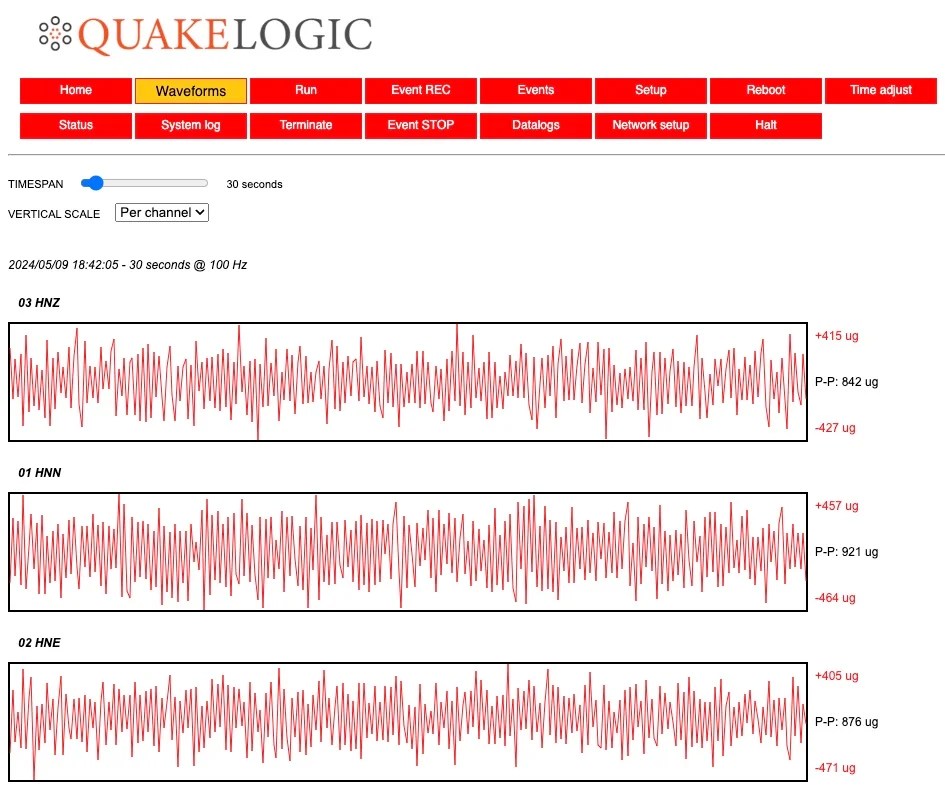1. SSH into Your OpenWrt Device
Open a terminal and SSH into your OpenWrt device:
ssh root@<your_openwrt_device_ip>2. Verify NTP Configuration
Check the current NTP configuration:
uci show | grep ntp3. Add NTP Servers to UCI Configuration
Add the NTP servers to the UCI system configuration:
uci add_list system.ntp.server='0.lede.pool.ntp.org'
uci add_list system.ntp.server='1.lede.pool.ntp.org'
uci add_list system.ntp.server='2.lede.pool.ntp.org'
uci add_list system.ntp.server='3.lede.pool.ntp.org'4. Commit the Changes
Apply the changes to the configuration:
uci commit system5. Restart the NTP Service
Restart the NTP service to apply the new configuration:
/etc/init.d/sysntpd restart6. Verify Time Synchronization
Check the current date and time settings to ensure synchronization is working:
date7. Ensure NTP Service Starts on Boot
Enable the NTP service to start on boot:
/etc/init.d/sysntpd enableBy following these steps, your OpenWrt device will be configured to use the specified NTP servers, and the system time will be synchronized correctly.
Manually Sync Time with an NTP Server
1. SSH into Your OpenWrt Device
Open a terminal and SSH into your OpenWrt device:
ssh root@<your_openwrt_device_ip>2. Stop the NTP Service
Stop the NTP service to avoid conflicts:
/etc/init.d/sysntpd stop3. Manually Sync Time with an NTP Server
Use the ntpd command to manually sync the time with an NTP server:
ntpd -q -p 0.lede.pool.ntp.orgThe -q option tells ntpd to set the time and quit, and the -p option specifies the NTP server.
4. Start the NTP Service Again
Start the NTP service to resume automatic synchronization:
/etc/init.d/sysntpd start5. Verify Time Synchronization
Check the current date and time to ensure it has been updated correctly:
dateBy following these steps, you can manually sync the time on your OpenWrt device with a specific NTP server.
Troubleshooting “ntpd: bad address ‘0.lede.pool.ntp.org'”
1. Check DNS Configuration
Ensure your OpenWrt device can resolve domain names correctly:
ping google.comIf this fails, you might need to configure your DNS settings manually in the /etc/config/network file:
uci set network.wan.dns='8.8.8.8 8.8.4.4'
uci commit network
/etc/init.d/network restart2. Verify NTP Package Installation
Ensure that the ntpd package is installed:
opkg update
opkg install ntpd3. Manually Sync Time Using ntpd with IP Address
If DNS issues persist, use the IP address of the NTP server instead of the hostname:
ntpd -q -p 162.159.200.1234. Ensure NTP Servers Are Correctly Configured in UCI
Check and reconfigure the NTP servers if necessary:
uci show system.ntp
uci delete system.ntp.server
uci add_list system.ntp.server='0.lede.pool.ntp.org'
uci add_list system.ntp.server='1.lede.pool.ntp.org'
uci add_list system.ntp.server='2.lede.pool.ntp.org'
uci add_list system.ntp.server='3.lede.pool.ntp.org'
uci commit system5. Restart the NTP Service
Restart the NTP service to apply the changes:
/etc/init.d/sysntpd restartBy following these steps, you should be able to resolve the “ntpd: bad address ‘0.lede.pool.ntp.org'” error and ensure your OpenWrt device can correctly sync time with the NTP servers.
By following these organized steps, you should be able to configure, manually sync, and troubleshoot NTP settings on your OpenWrt device effectively.
For questions, reach us at support@quakelogic.net. Our working hours are 8 AM to 5 PM Pacific Time (M-F).






